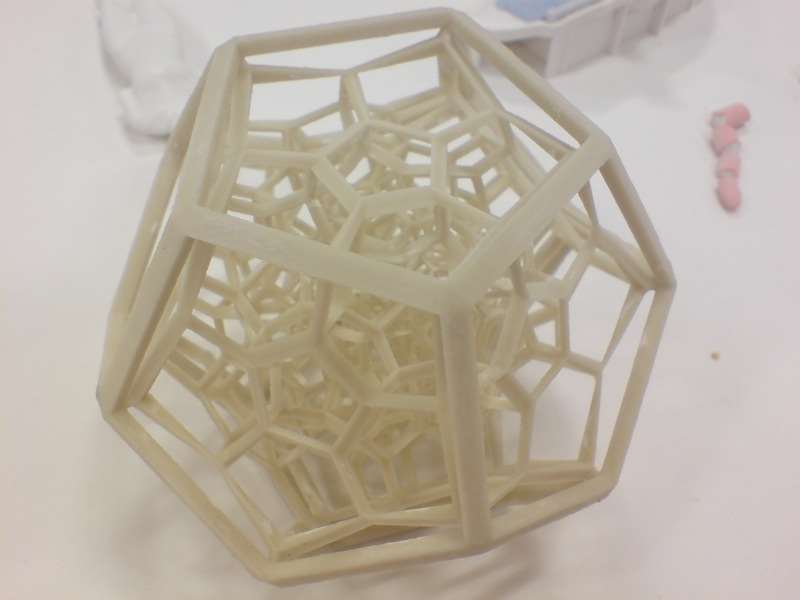Australian academics from several universities have banded together to build a resource that helps people understand their “rights and responsibilities” when 3D printing.
The 3DPI website was designed and developed by staff at the University of Melbourne – which led the project – but offers knowledge from multiple academic sources.
It was funded by the Australian Consumer Communications Action Network (ACCAN) grants project.
The site aims to explain to consumers what they need to know before printing in 3D “including the potential risks in creating and sharing 3D printable files, and what kinds of safeguards are in place.”
“Focus groups have shown that despite 3D printing becoming increasingly popular, consumers still have some gaps in their know-how,” the site’s creators said.
“It is important that consumers make effective use, can call upon their rights and take account of their responsibilities as they design, share and print 3D files.”
Project leaders Dr Luke Heemsbergen and Dr Robbie Fordyce, both from the University of Melbourne, said the site offered “a range of easy to understand guides and information” to help 3D printing users navigate issues “such as who owns the designs you share, the ones you modify and how they can be used by others”.
Dr Heemsbergen said that the quality of 3D printing files found online, the long term social impact of the proliferation of 3D printed objects and the legal protections relevant to the sharing and using of 3D printable files “are all issues that Australian consumers will have to face in the near future.”
“3D printing is a social practice that is built on a specific set of technologies, how people 3D print, what they print, and how society understands and decides this becomes a social and political concern,” he said.
“Worrying about copyright and other Intellectual Property Rights is necessary, but not sufficient - there are ethical, cultural and social aspects of what we make that tell us who we are as a society.”
“We are used to viewing things - anything and everything - out in cyberspace, but when that barrier breaks down, and the digital is made physical in your own home, people have new concerns," Dr Fordyce added.
“Our scorecard at 3DPrintingInfo.org offers simple advice and information on the extent that various popular 3D printing websites protect consumers who want to start 3D printing.”
The project builds on research undertaken by the Melbourne Networked Society Institute on domestic 3D printing.









